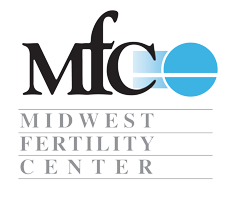1. Consult with your healthcare provider: Before starting or continuing an exercise routine, it is crucial to consult with your healthcare provider https://mfcfamily.com. They will assess your individual situation and provide personalized recommendations based on your specific needs and risks.
2. Choose low-impact activities: Opt for low-impact exercises such as walking, swimming, stationary cycling, and prenatal yoga. These activities are gentle on the joints and minimize the risk of injury.
3. Warm-up and cool-down: Prioritize warming up before exercise and cooling down afterward. This helps prepare the body for physical activity and prevents sudden changes in heart rate and blood pressure.
4. Stay hydrated: Drink plenty of water before, during, and after exercise to prevent dehydration. Avoid overheating by exercising in a well-ventilated environment and wearing breathable clothing.
5. Listen to your body: Pay attention to any discomfort, pain, or unusual symptoms during exercise. If something doesn’t feel right, stop and consult your healthcare provider.
6. Modify exercises as needed: As your pregnancy progresses, certain exercises may need to be modified or avoided altogether. Avoid activities that involve lying flat on your back after the first trimester, as this can restrict blood flow to the uterus.
Exercise can be a valuable tool for women with high-risk pregnancies, promoting physical and mental well-being while reducing the risk of complications. However, it is crucial to consult with your healthcare provider https://mfcfamily.com/ to ensure that exercise is safe and appropriate for your specific situation. By following the guidelines provided and listening to your body, you can embark on a healthy and fulfilling journey towards motherhood, even in the face of high-risk circumstances.

